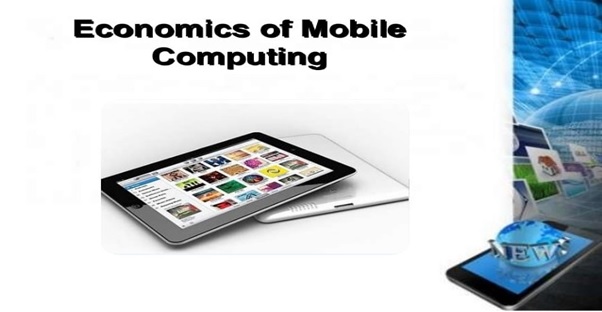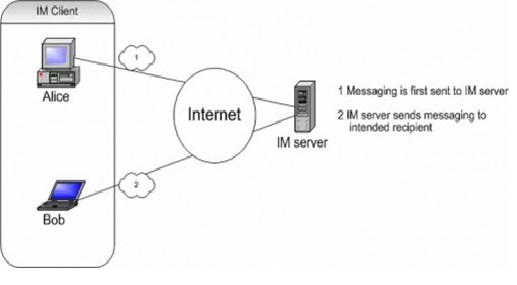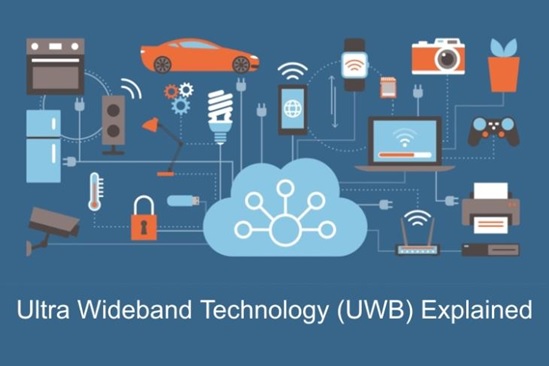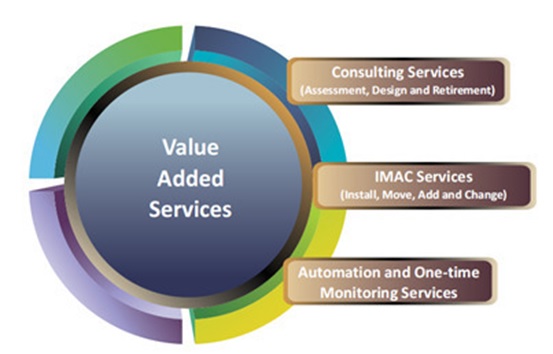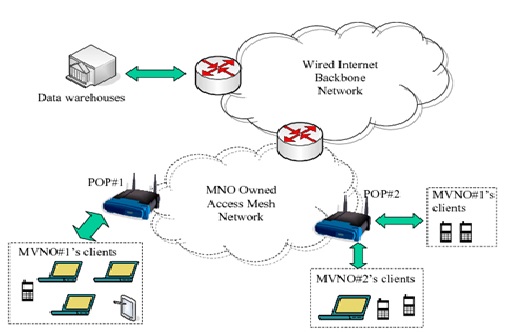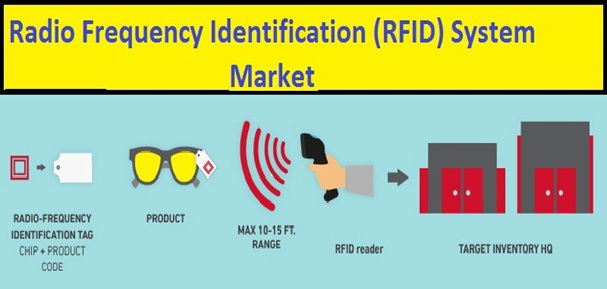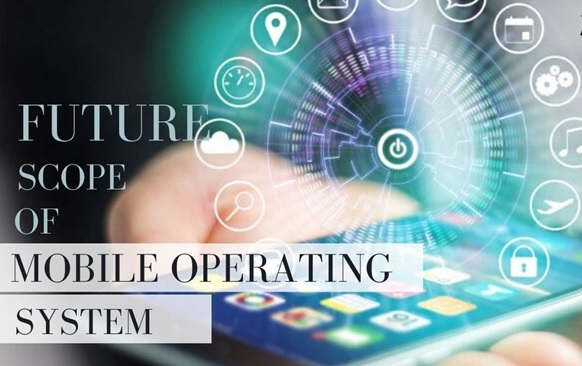The Enterprise Mobile Management
T had a unique challenge to solve: how could they secure and track the confidential information living on their employee's mobile devices without impeding on the flexibility and productivity that employees now relied on to conduct business?
Enterprise mobility management (EMM) emerged as the solution, with the idea of helping IT take back control of the business-related [1] applications and data living on employee devices without actually interfering with their personal apps.
Your consumer-focused mobile applications were so easy to use and enhanced your productivity to a point where it made sense figure 1 shown below to start using these same applications for work. You set up Dropbox to share your team's confidential documents, you started collaborating in Google Docs.
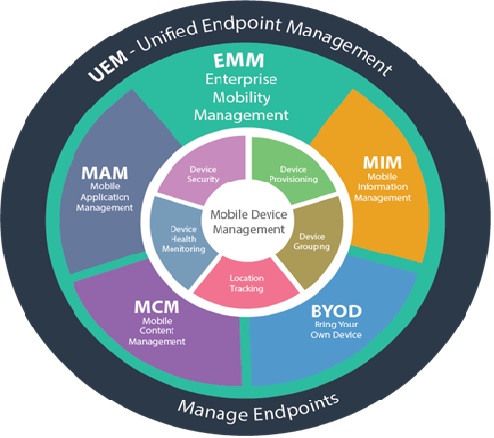
Figure 1: Mobile Device Management
These strategies formerly comprised core horizontal productivity tools, such as email, contacts and calendar. Today, however, enterprises require a wide range of mobile apps to increase productivity:
Horizontal apps, such as document editors, annotation, and file sharing tools.
Enterprise apps, such as BI, CRM and ERP.
Vertical, social and mission-critical apps that can be customized to specific enterprise needs.
System Provisioning: configuration of devices and applications for enterprise use.
Auditing, tracking, and reporting: maintenance of a mobile device and app inventory to track service and app usage, [2] manage assets and costs, and monitor policy compliance.
Data protection: ability to encrypt data, control data flows and remotely revoke user access to apps and data when a user or device becomes untrusted (e.g. device loss, unauthorized reconfiguration or employee termination).
Support: assistance to IT departments in troubleshooting mobile device issues via asset inventory, analytics, and remote actions.
The Growth of EMM
As employees have started to use their own devices to perform daily work tasks, it became quite worrisome for enterprises to manage their corporate data.
Since there was no security layer to protect the companies’ data, the BYOD policy needed to be improved. The companies needed to safeguard employee-owned mobile devices and operating systems to reduce the risk of data breaches and secure corporate data.
That is when in 2009 the first mobile device management solutions were introduced in the market. This solution is used to administer users’ devices on the air with the use of API (Application Programming Interface). Additionally, the features of MDM (mobile device management) gradually upgraded with device inventory, data encryption, and remote data wiping.
References:
- https://auth0.com/blog/what-is-enterprise-mobile-management/>
- https://www.appaloosa.io/guides/what-is-enterprise-mobility-management-emm/#:~:text=Enterprise%20Mobility%20Management%20%28EMM%29%20encompasses%20services%20such%20as,5%20MCM%3A%20Mobile%20Content%20Management%206%20And%20more%E2%80%A6
Cite this article:
S. Nandhinidwaraka (2021) The Enterprise Mobile Management, AnaTechmaz, pp. 18



